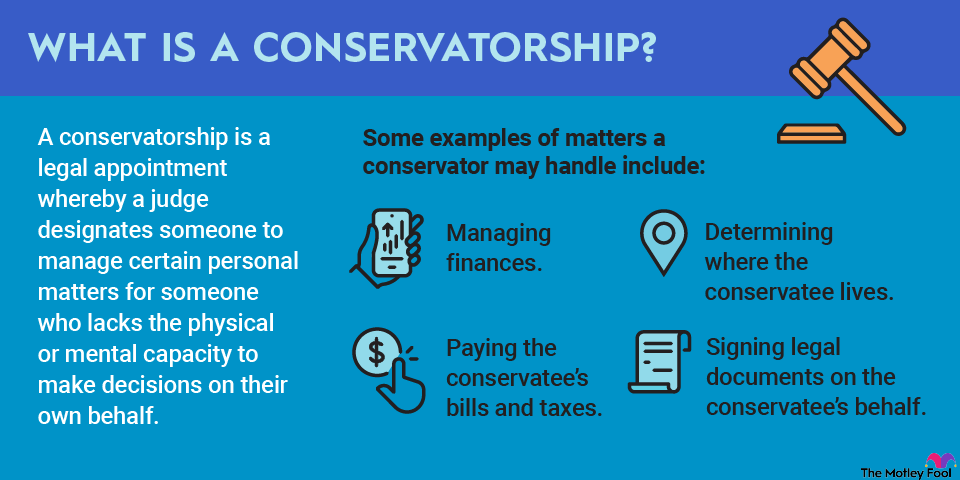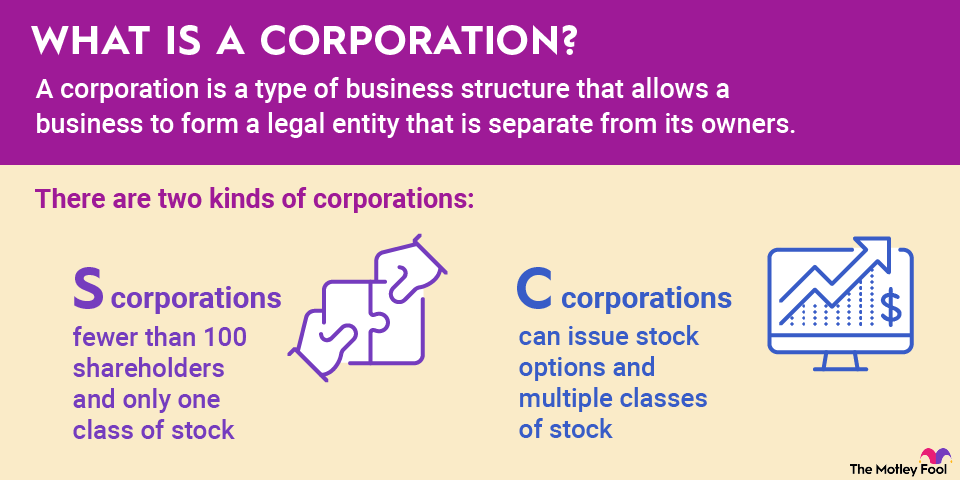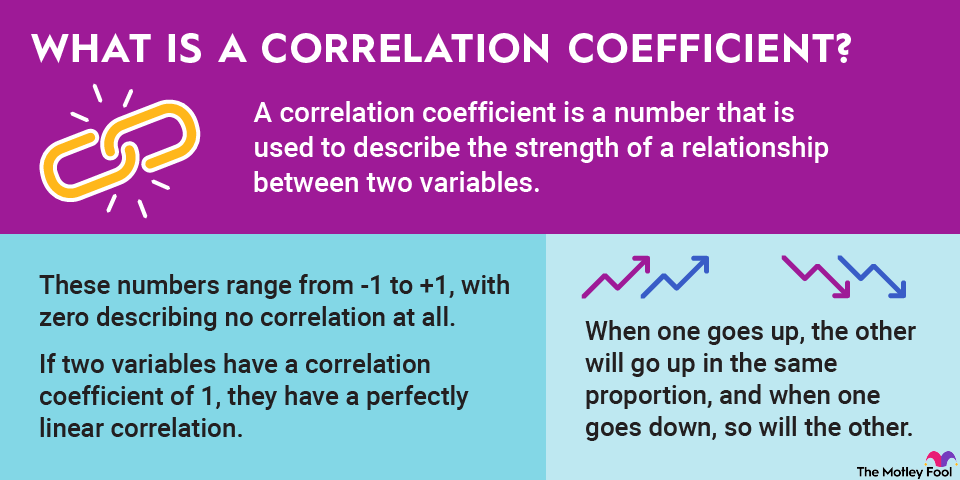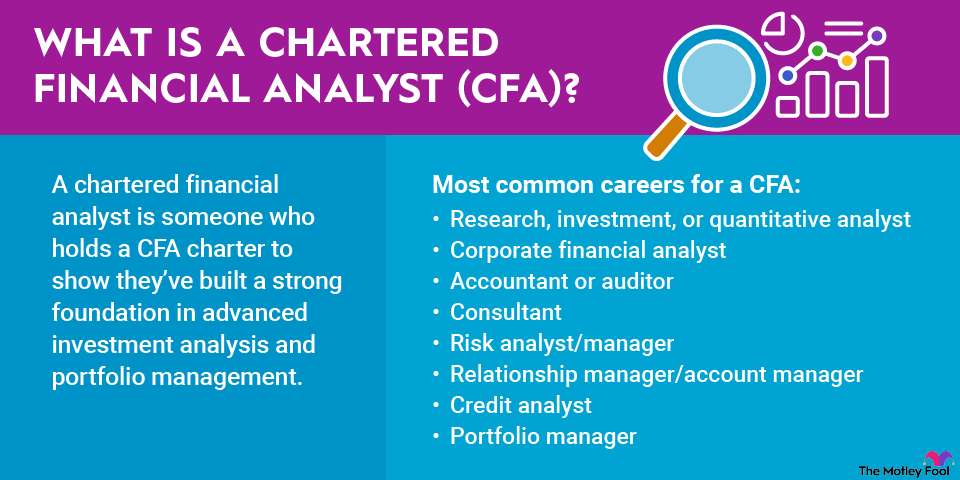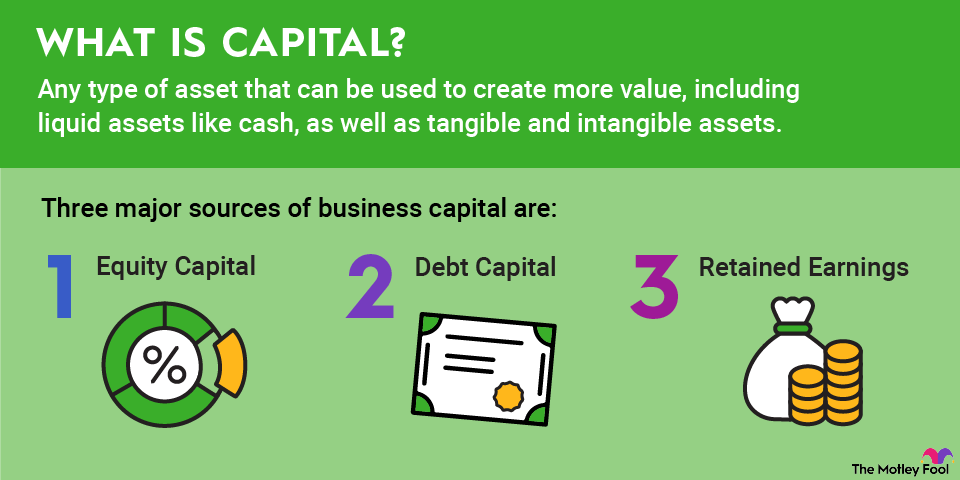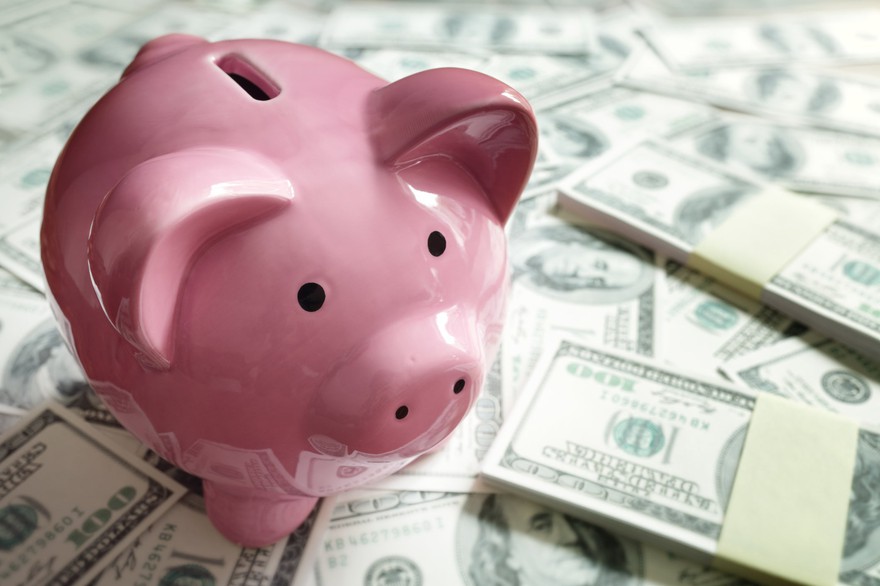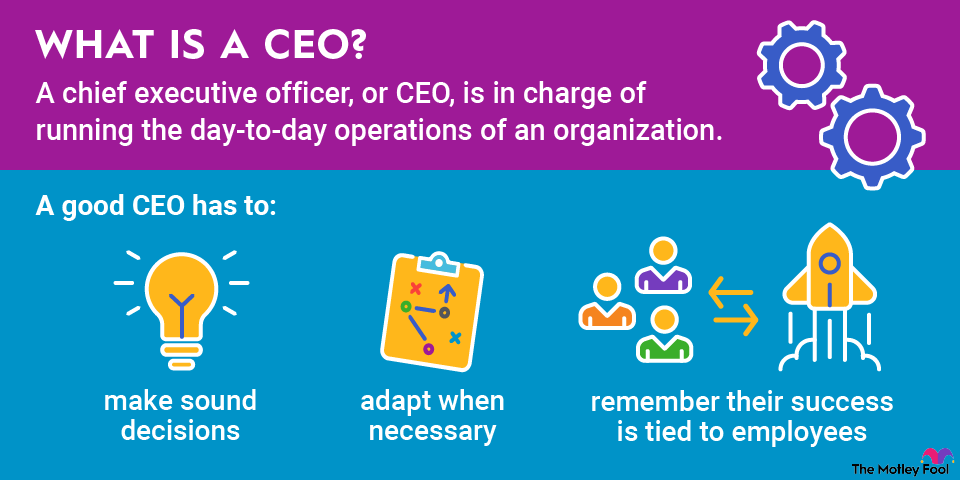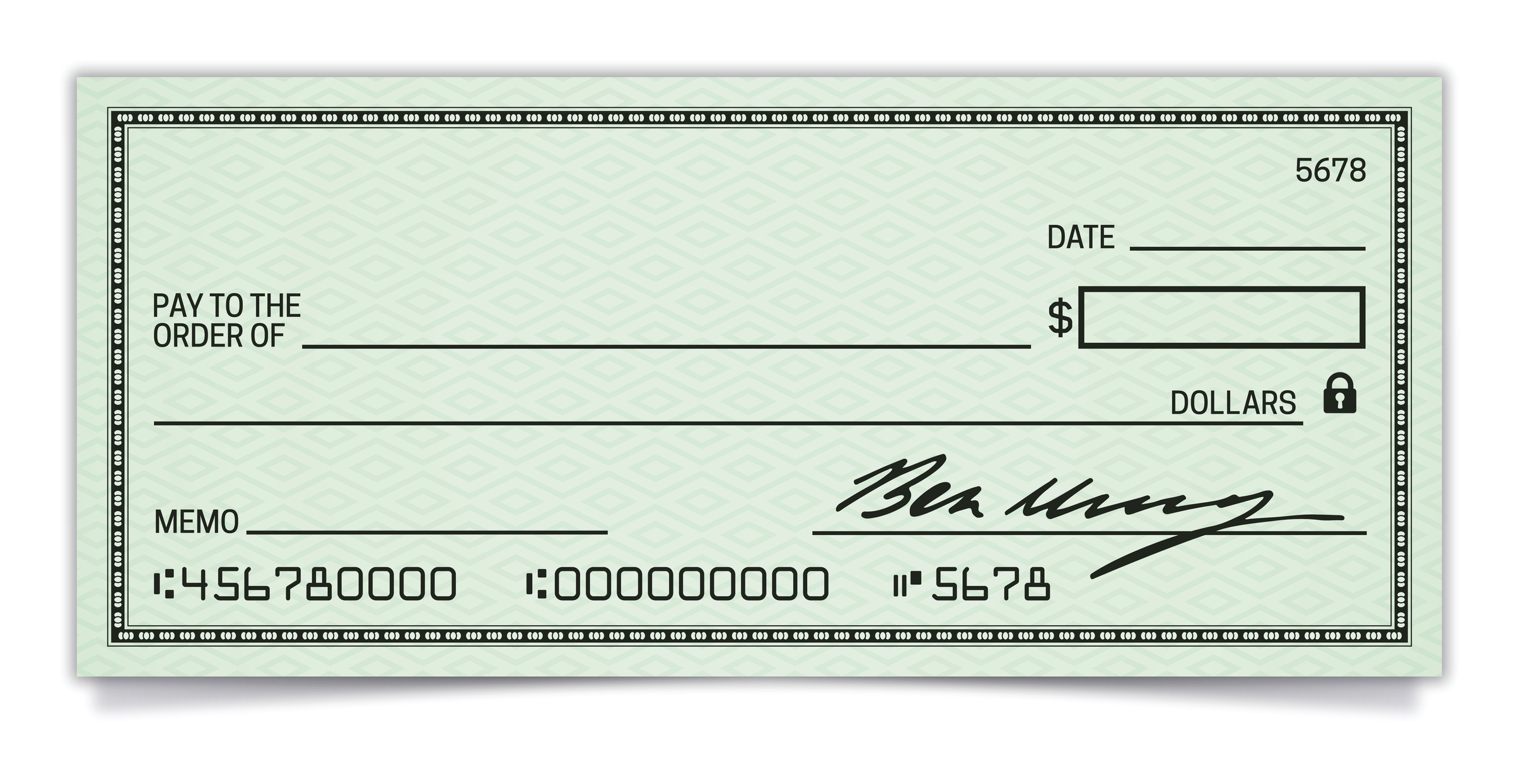A contra account is a negative account that is netted from the balance of another account on the balance sheet. The two most common contra accounts are the allowance for doubtful accounts/bad debt reserve, which is subtracted from accounts receivable, and accumulated depreciation, which is subtracted from fixed assets.
Contra accounts are confusing at first, but, with a little study, understanding them becomes second nature. Let's go over how they work and what the main types are, and then finish with an example.

Understanding contra accounts
Contra accounts exist when the account reported on the balance sheet needs to be reduced by a different account to show its true value. For example, GAAP accounting (or generally accepted accounting principles) requires fixed assets to be reported at cost on the balance sheet, but, over time, that value depreciates as the assets are used. The balance sheet will show a gross fixed assets value, a contra account value for accumulated depreciation, and a net value. All three values can be useful for investors depending on what they're looking for.
If you're valuing a low-growth company based on its equipment assets, you want to use the net value to be conservative. On the other hand, if you're looking at a high-flying growth stock that reports new revenue growth records each quarter but has a massive allowance for doubtful accounts, there may be problems ahead.
Types of contra accounts
You can find contra accounts all over the balance sheet. Let's discuss the most common types.
Contra assets
Allowance for doubtful accounts and accumulated depreciation are the most common contra assets. Here's how they work:
/Allowance for doubtful accounts is netted from the accounts receivable balance. The company predicts which accounts receivable won't be paid by customers and writes those off. When the account receivable is written off, it is added to bad debt expense on the income statement and placed in the contra account. If a company has a high or fast-growing allowance as a percentage of accounts receivable, keep a close eye on it. It could be growing with bad accounts, and cash flow will be affected.
Cash Flow
Accumulated depreciation is the total of all depreciation that has been charged to existing fixed assets such as equipment and buildings. There can be hidden value in stocks that have a lot of fully depreciated buildings. Companies like to depreciate assets as quickly as possible to get the tax savings, so the balance sheet may not state the true value of fixed assets.
Contra liabilities
Contra liabilities are common in companies that sell bonds to raise capital. To drum up interest in the bond, the company will sell it at a discount. For example, a bond with a principal amount of $1,000 may be sold for only $950. The bond is listed on the balance sheet at the full amount of $1,000, but the cash received is just $950, so a contra liability for the discount is listed to make the entry balance.
Contra equity and contra revenue
The equity section of the balance sheet is where the shareholder's claims to assets are reported. The main contra equity account is treasury stock, which is the balance of all stock repurchased by the company. When a company repurchases shares, it increases the fractional ownership of all remaining shareholders.
Revenue is an income statement account, but it flows through to the equity section of retained earnings as well. The contra revenue accounts are discounts and returns. Any products that are sold at a discount or returns are deducted from gross revenue to produce net revenue as the top line on the income statement.
Example of a contra account
Let's look at the contra accounts discussed above on Home Depot's (HD -0.32%) balance sheet.
Contra assets

Home Depot reports net receivables and net property and equipment, implying that both are reduced by contra assets. We'll need to dig into the footnotes to find out what the contra accounts are.
In footnote 3, the company reports, "Net property and equipment includes accumulated depreciation and amortization of $25.3 billion as of August 1, 2021 and $24.1 billion as of January 31, 2021."
The allowance for doubtful accounts is not specifically reported, but the 10(K) reported that the allowance is immaterial to the amount. This make sense because Home Depot wouldn't be carrying accounts receivable with long payment terms. Most accounts receivable would just be the time between purchase and credit card settlement.
Contra equity

The contra equity account treasury stock is reported right on the balance sheet. Home Depot has repurchased more than $72 billion of stock to date, with around $7 billion coming during this accounting period.
Home Depot also devotes footnote 4 to its share repurchase program and reports that the company is authorized by its board to repurchase $20 billion in shares.
Contra revenue

Home Depot reports that returns are estimated at the time of the sale based on historic returns numbers. The amount is not reported, and the net sales amount is reported on the income statement.
Related investing topics
Contra accounts are worth a look
As you saw in the example, contra accounts can be an important part of your financial statement analysis, but they are hard to find. Companies bury them in the footnotes and often don't break out the actual calculation. Still, it is important when possible to consider how the net accounts are calculated and be wary of companies that are reporting a ton of bad debts.
